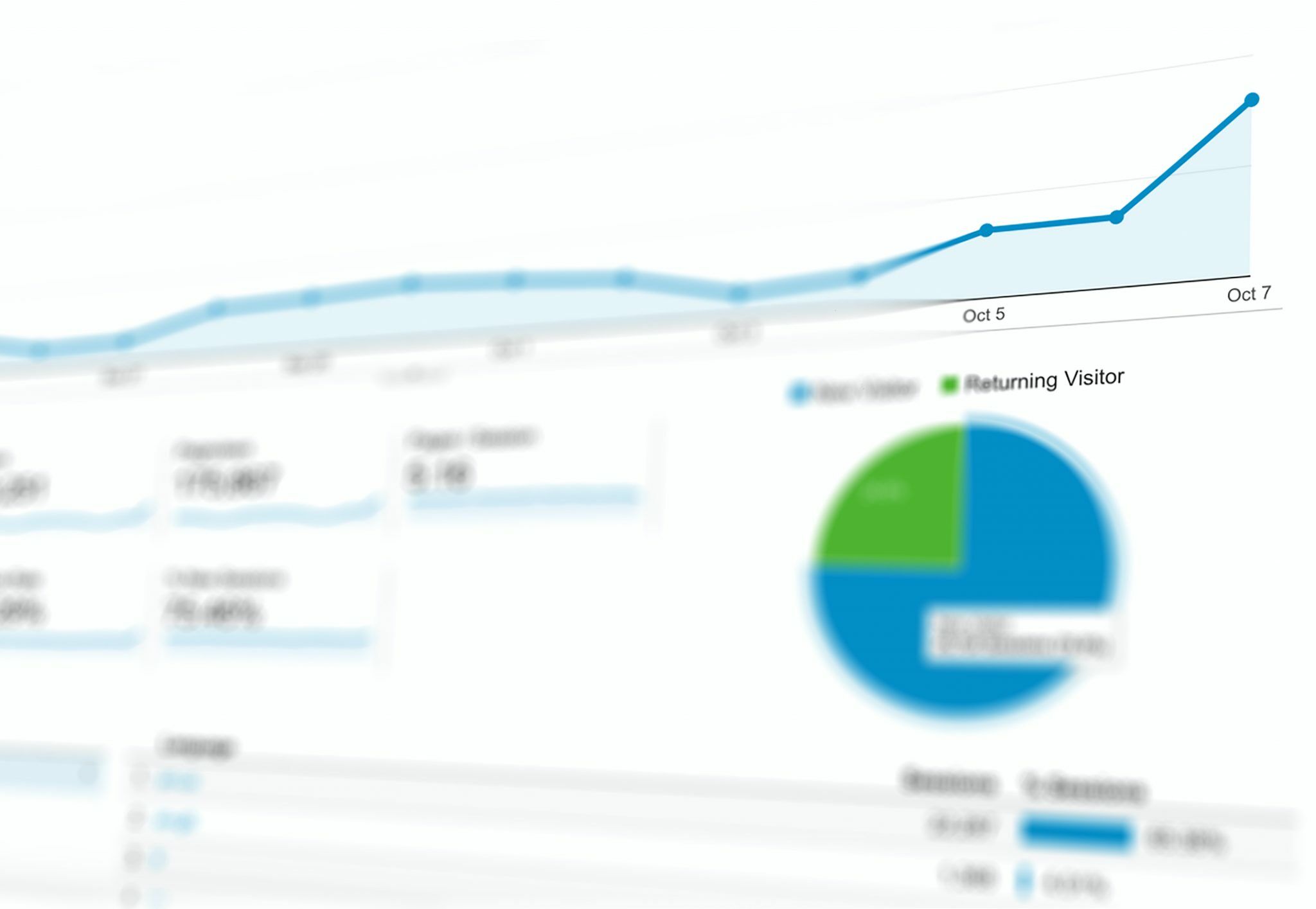The halcyon days of marketers thinking up an ad campaign, producing it, sending it out to a handful of publishers and calling it a job well done has been over for a while.
Sure, they used to think about what kind of advertising their audience might respond to and decide at what time the ads should air. But nothing compares to the proverbial tonne of data and tools that digital marketers today must sift through to try bring value to their brands.
Not to mention an audience that is growing sicker and sicker of advertising and the issues that come with it. Specifically, advertising that is too repetitive and brings no value to their lives. The days when interrupting people’s day with out-of-context commercials was considered the most effective technique are over. Now, people expect advertising to be more specific to their needs, but not too specific.
This is where intent-based marketing comes into play.
Interruption vs Relevance
There are essentially two types of relationships one can have with advertising. The first being what I alluded to earlier – ads that interrupt what you’re doing in order to pitch you something. These ads have been around for a long time and fundamentally have not changed much. YouTube Ads that stop your video mid-way through to show you an unskippable 8-second ad are not all that different to the commercial breaks on regular TV.
The problem with this kind of advertising is that it’s propositioning a very cold audience. An audience that mostly just wants to be left alone with their entertainment. This places a huge amount of pressure on the content of the ad to be effective and draw in consumers. So effective that the viewer would potentially refocus their attention on the ad versus their chosen piece of content. While not impossible, it’s not easy. Especially if the behaviour you’re asking your audience to undertake isn’t impulse-based or the product/service isn’t particularly visually provocative.
The second form of advertising that has risen, thanks to the internet, is one that provides significantly more value and relevance to the end-user. Not through any special form of expensive content-creation, but rather by placing the ad in front of individuals that would be much more receptive to product or brand information. The main proponent of this kind of advertising is search engine marketing.
Individuals who are actively searching the internet for information, or, ‘high-intent individuals’ are significantly more receptive to relevant advertising than anyone else. If provided with information that can be useful to them in their search, the chances that they will perform an action you’re looking for are significantly higher. In fact, a recent study has shown that search engine advertising has a conversion rate that’s almost 5x more effective than display advertising.

This is not to say that intent-based advertising is limited to search engines. YouTube advertising can also be used for this purpose. Selecting particular channels or videos for your brand’s communication to feature on is a way of targeting high-intent individuals. For example, a tech-based product targeting YouTube channels that review tech products is an intent-based marketing technique.
Demographics vs Behaviour
Demographic behaviour has been an essential part of advertising since it began. Now, however, demographic data is becoming less important in comparison to behavioural data. Rather than focusing on the assumptions or information we have regarding particular cohorts based on age, gender, and location, marketers prefer to focus on specific behaviour – especially when it comes to intent-based marketing.
This is usually done through the active input that consumers have in this process – search terms. Analysing what people are searching for reveals a lot about their intent. An in-depth keyword research exercise and on-going analysis can rival the most expensive piece of content in terms of advertising effectiveness at a fraction of the price. Once those keywords have been identified, writing the write copy based upon the intent behind the search terms is critical. If the user experience – starting with the initial search, and ending with a conversion on your website – is a fluid, cohesive one, it will become one of the most efficient sources of leads and purchases you have.
Where’s the data?
If your website has already been active and drawing traffic for a while, you already have a treasure trove of data at your fingertips. Delving deep into your website data will provide you with specific insight into what your users are searching for, and which pages provide them with the most value. Simply taking a look at the data for the most visited web pages within your website is a good starting point. Ideally, you would also filter out any traffic that isn’t organic. Then, ask yourself the following questions.
- What kind of pages are they? Product pages? Informational pages?
- How long do they spend on said pages?
- Which pages did they navigate before and after visiting this one?
- What’s the search terms they used that led them to this particular page?
By answering these questions, you can already surmise a great deal about the behaviour of your current users and their relationship to your content. You can see what type of content seems to be more in-demand. Or which search term seems to drive the most engaged users to your site.

Get Granular
Using slightly more advanced marketing techniques, you can also identify which of your website’s visitors have shown interest in what you offer, but did not convert. You can then use this information to enhance your display advertising and targeting. Creating specific content for hot leads and retargeting them through other channels such as social media and Google Display advertising is also part of intent-based marketing, and will provide significantly higher conversion rates than other forms.
Our advice is to spend time with your Google Analytics account (or whichever analytics tools you have available) and understand where your high-value visitors are coming from and what they’re attracted to. Once you have that information, you can begin to expand your advertising and content-creation strategies to match what you already know works. Or, have a team of professionals who do this kinda stuff for a living do all of that for you.




